Coriander Seeds: The Flavor Chameleon You Didn’t Know Your Kitchen Needed!
Table of Contents
- What Exactly Are Coriander Seeds?
- Botanical Background
- Taste Test: What Do Coriander Seeds Taste Like?
- Top 5 Ways to Use Coriander Seeds in Your Kitchen
- Coriander Seeds and Health: Spice It Up for Wellness
- How to Store Coriander Seeds Like a Pro
- Coriander vs Cilantro: Clearing the Confusion
- From India to Mexico: A Global Spice Tour
- Fun & Quirky Facts About Coriander Seeds
- Conclusion: Time to Roll Out the Coriander Carpet
What Exactly Are Coriander Seeds?
You've probably seen them in your spice drawer, looking like tiny, round pebbles. But wait—what are coriander seeds really? Spoiler: They’re not just random bits you sprinkle into chili. Coriander seeds are the dried fruits of the Coriandrum sativum plant, also known as cilantro when it's fresh.
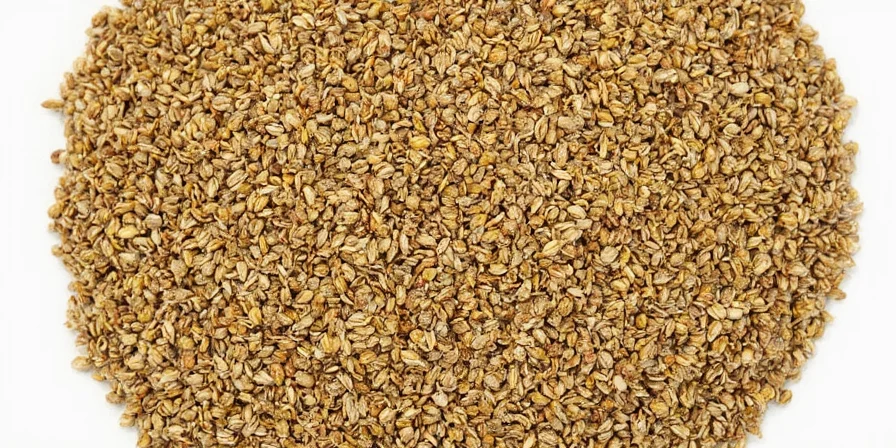
Botanical Background
The coriander plant is part of the parsley family (Apiaceae) and is native to regions spanning from southern Europe to southwestern Asia. Its scientific name, Coriandrum sativum, literally translates to "bed bug plant" in Greek—not because it smells like bugs, but because its unripe leaves supposedly emit a musty scent that some compare to the insects.
Once the plant flowers and sets seed, those seeds are harvested and dried to become the coriander seeds we use in cooking. They have a light tan color and a slightly ribbed surface, which makes them easy to recognize once you know what you're looking for.
Taste Test: What Do Coriander Seeds Taste Like?
If you were to take a bite of a raw coriander seed, you might describe it as citrusy, nutty, and faintly sweet with a hint of pepper. When toasted or ground, its flavor becomes more earthy and warm, making it a staple in curry powders, sausages, pickling mixes, and even baked goods.
Here’s a little breakdown of how coriander plays with other spices:
| Spice Pairing | Description | Recommended Use |
|---|---|---|
| Cumin | Echoes the earthiness and deepens warmth | Curries, stews, roasted vegetables |
| Cardamom | Adds brightness and complexity | Desserts, chai blends, rice dishes |
| Fennel | Enhances sweetness and licorice notes | Sausages, bread, pickling |
| Turmeric | Provides balance to turmeric’s bitter edge | Golden milk, curries, rice pilaf |
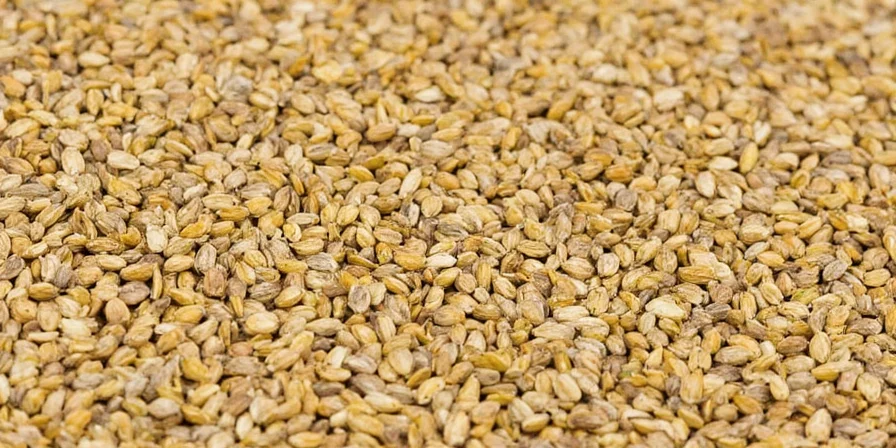
Top 5 Ways to Use Coriander Seeds in Your Kitchen
- Toasting Magic: Toast whole coriander seeds in a dry skillet over medium heat until fragrant (about 1–2 minutes). This unlocks their aromatic oils and intensifies the flavor. Crush or grind them afterward for use in rubs or sauces.
- DIY Curry Powder: Blend toasted coriander with cumin, turmeric, ginger, mustard seeds, and paprika for a homemade curry powder that beats store-bought by miles.
- Pickling Powerhouse: Add crushed coriander seeds to your next batch of pickled cucumbers or carrots. Their earthy, citrusy kick complements vinegar beautifully.
- Spiced Bread Booster: Sprinkle ground coriander into bread dough, especially rye or sourdough, for a subtle depth that will make your loaves unforgettable.
- Smoothie Surprise: A pinch of ground coriander can add a mysterious warmth to smoothies—especially mango or banana-based ones. Just don't go overboard!
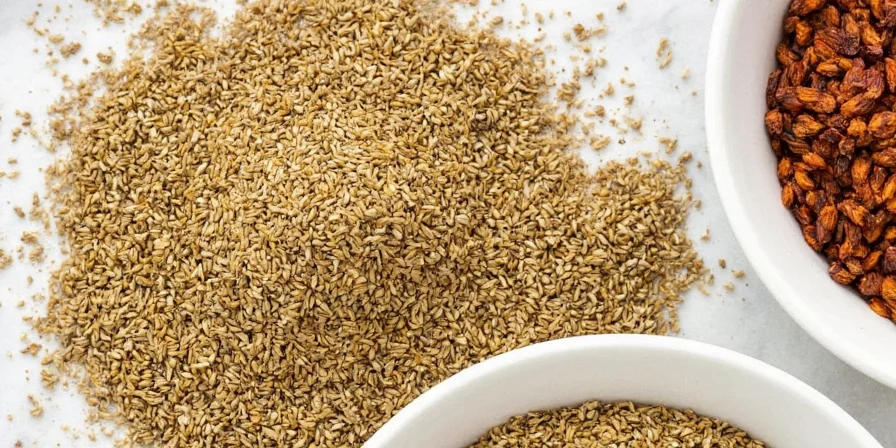
Coriander Seeds and Health: Spice It Up for Wellness
Beyond flavor, coriander seeds bring some serious health benefits to the table. They contain antioxidants, anti-inflammatory compounds, and essential oils that support digestion. Some studies suggest that coriander may help lower blood sugar levels and cholesterol.
- Digestive Aid: In Ayurvedic medicine, coriander is often used to soothe stomach discomfort and reduce bloating. Try chewing a few seeds after a heavy meal or sipping coriander water.
- Detox Support: Coriander has been shown to help remove heavy metals like mercury and lead from the body due to its chelating properties.
- Antimicrobial Properties: The essential oil in coriander seeds exhibits antibacterial effects, making it a natural food preservative and immune booster.
How to Store Coriander Seeds Like a Pro
Like most spices, coriander seeds are best stored in a cool, dark place in an airtight container. Whole seeds last longer than ground versions—up to two years versus six months. If you want maximum flavor, consider grinding them as needed instead of buying pre-ground.
Pro Tip: Keep a small mortar and pestle near your stove for quick grinding when you need a burst of freshness. Or invest in a dedicated spice grinder to avoid flavor cross-contamination.
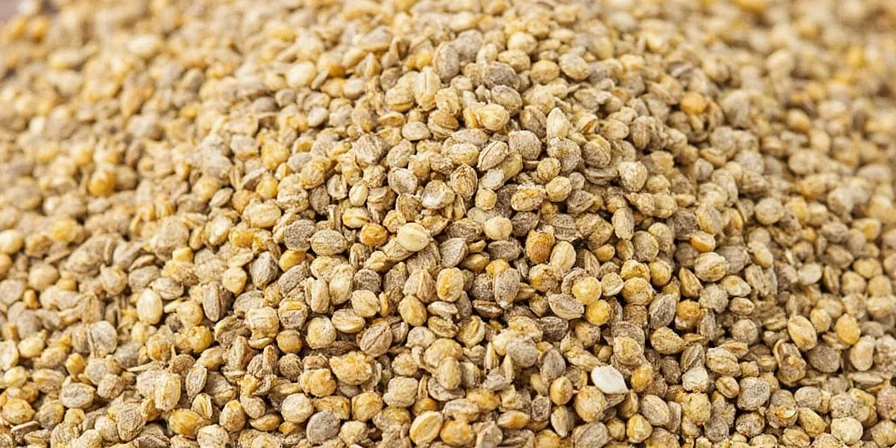
Coriander vs Cilantro: Clearing the Confusion
This is where things get tricky! In many parts of the world, especially the U.S., “cilantro” refers to the fresh leaves of the coriander plant, while the seeds are called “coriander.” However, in the UK and other Commonwealth countries, “coriander” refers to both the plant and the seeds, while the leaves are often called “fresh coriander.”
| Term | Used For | Region |
|---|---|---|
| Cilantro | Fresh leaves | United States |
| Coriander | Seeds or entire plant | UK, Australia, Canada |
From India to Mexico: A Global Spice Tour
Coriander seeds play starring roles across cuisines worldwide. Here's how different cultures use them:
- India: Ground coriander is a base for almost every curry masala blend. Paired with cumin, turmeric, and garam masala, it’s a culinary cornerstone.
- Mexico: Used in mole sauces and adobo pastes, coriander adds depth without overpowering other bold flavors like chili and chocolate.
- Middle East: Found in dukkah, za’atar blends, and lamb dishes. Often combined with sumac and sesame for extra zing.
- Scandinavia: Incorporated into pickled herring recipes and aquavit infusions. Yes, seriously!
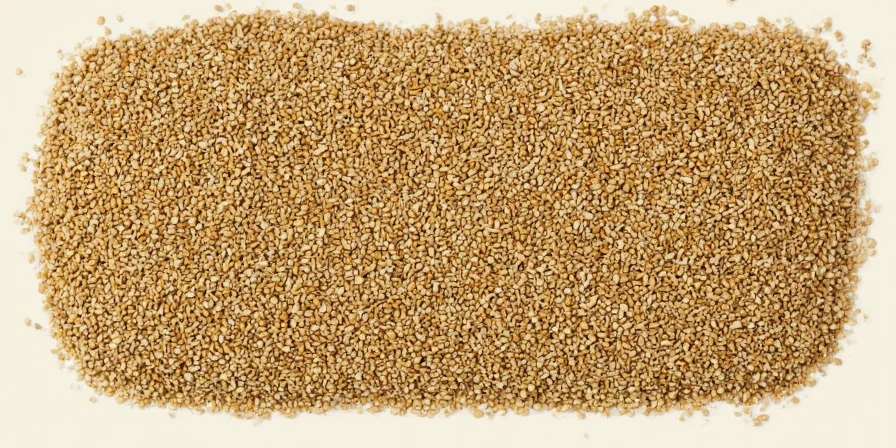
Fun & Quirky Facts About Coriander Seeds
- Love It or Hate It: Some people genetically perceive coriander (both leaf and seed) as soapy. Blame your DNA if it tastes like dish soap!
- Ancient Aphrodisiac: In medieval times, coriander was believed to promote love and was often included in wedding cakes and love potions.
- Biblical Roots: Mentioned in Exodus 16:31 as resembling manna, coriander seeds have religious significance in Judaism and Christianity.
- Space Food: NASA tested coriander for space gardening programs due to its compact size and high nutrient content.
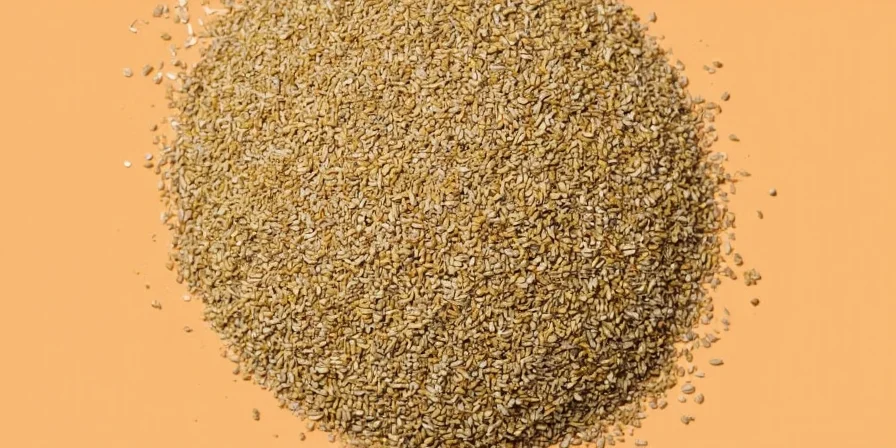
Conclusion: Time to Roll Out the Coriander Carpet
So, there you have it—the lowdown on coriander seeds. From their complex flavor profile to their impressive versatility in cooking and health, these little seeds pack a punch. Whether you're grinding them into a masala or sprinkling them into a smoothie (yes, really!), coriander deserves a front-row seat in your spice rack.
Now go forth, toast, mix, cook, and enjoy one of the oldest cultivated spices in human history—with style and a little flair.

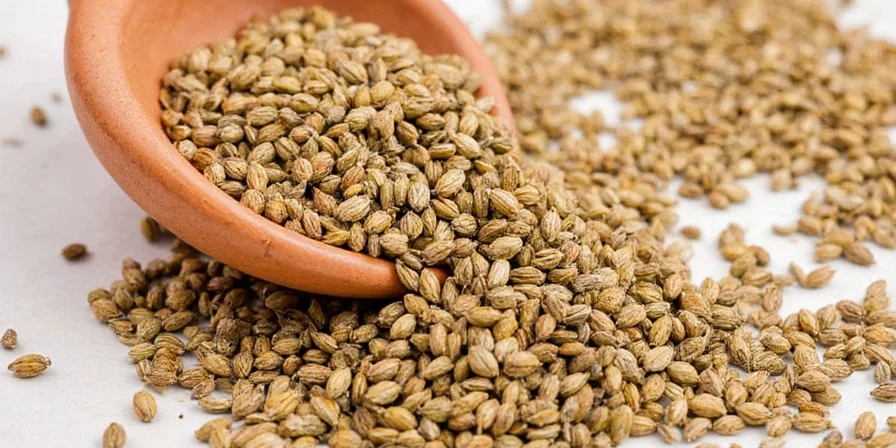









 浙公网安备
33010002000092号
浙公网安备
33010002000092号 浙B2-20120091-4
浙B2-20120091-4